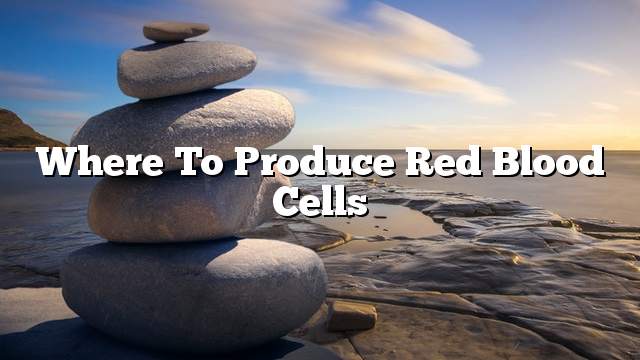the blood
Blood is one of the most important fluids in the body, and its existence or lack of it is related to human life. The loss of certain amounts may threaten human life because of the great importance of the human body. Blood function is not limited to just one thing; it has many important functions in human body and animals
Blood functions
The most important blood functions transfer food and oxygen to all parts of the body, transfer carbon dioxide to the lung to get rid of it, as well as disposing of the waste in the body, protecting the body. It is found in many cell types, such as red blood cells, white blood cells, platelets and plasma, which account for half the amount of blood. It also contains proteins and nutrients such as glucose. In the human body of 5 liters of blood, It travels through arteries, veins and capillaries.
Red blood cells
Red blood cells are circular shaped cells with a concave center of the inside and a flat of the sides which are non-nucleus cells, the numbers of these cells are the most in the blood. Red blood cells have high levels of pigment known as hemoglobin, also called hemoglobin, and hemoglobin consists of two types of protein chains: two alpha and two beta.
Red blood cells are a red protein; approximately four to five million red cells are present in every cubic centimeter of human blood. Each one contains approximately three hundred molecules of hemoglobin. The diameter of each hemisphere is about seven micrometers , So the diameter of these pellets is very small, and red blood cells are one of the most important components of blood.
Red blood cell function
Red blood cells transport oxygen that is absorbed by the spread of the lungs. The oxygenated blood then moves to the heart, which pumps the red blood cells through the arteries to the cells of the body to provide oxygen for the important process of cellular respiration. After the production of energy through the process of cellular respiration produces carbon dioxide, which is transferred from the cells to the blood in reverse to the movement of oxygen, and also through the spread of carbon dioxide to the blood and then to the lungs, which get rid of through exhalation.
Production of red blood cells
Red blood cells are usually produced from the fourth week of pregnancy, and continue to the sixth month in human spleen and liver. In the last three months of pregnancy, red blood cells form from the bone marrow, and a small and limited proportion of them are made up of the liver and spleen. Pellets of the red bone marrow where the human bones are flat. Examples of these bones are: the skull, the spine, the bones of the facial area, and the long bone ends such as the thigh and the humerus.
In order to produce the former places of the human body of red blood cells, there must be several key factors, including bone marrow intact and strong, so if the bone marrow in the human body any injury or exposure to radiation or radiation X, or some types of toxins, This will inevitably lead to a very low number of red blood cells.
Another important factor in the production of red blood cells is that the food contains a high proportion of the iron component. This is one of the most important elements in the composition of hemoglobin. Iron is found in different foods such as spinach, apples, meat, pulses and egg yolk. If the iron is not available in the quality of food that is given to the person to eat daily, or if the human body can not benefit from the iron found in it, the color will inevitably become dull, which will happen in the case of anemia, and treatment of these cases is easy, Provide the patient with component element compounds hand.
In addition to the above, it was necessary to include food vitamin B12, which is called anemia inhibitor to form red blood cells. This vitamin can unite with a factor secreted by the stomach, then absorbed by the intestine, then stored in the liver, to be used from Before the bone marrow; where this vitamin is one of the most important elements and vitamins necessary for the growth and construction of red blood cells in the human body.
Diseases related to red blood cells
Red blood cells are exposed to many diseases that cause deformation or lack of numbers, which affects their function of transferring oxygen to the cells, so this leads to weak energy production in the body. Of these diseases that affect the red blood cells:
- Thalassemia : A hereditary disease caused by an imbalance in the composition of hemoglobin, leading to a severe case of anemia in the beta type of disease that begins from early childhood, and the only way to survive the patient to provide him with additional quantities of blood.
- Malaria : It is a deadly disease transmitted to humans through mosquitoes contaminated with the eggs of these parasites, and passes through the blood to the liver where it proliferate, and then analyzes the red blood cells, causing a large blood deficiency in the body, and also triggers the release of toxic substances in the body as a result of blood decomposition.
